They say that the eyes are the windows to the soul.
So what is the nose?
According to the ancient Chinese practice of face reading, or “face mapping” as we call it, the nose is the window to the heart and the cardiovascular system.
Today, we’re going to be talking about pimples and large pores on the nose, and what may be causing them.
This is a common place for pimples and blackheads to show up. One of the main reasons is that the oil glands in this area—the center of the “T-zone”—are naturally very active, and can overproduce sebum (skin oil) which can lead to clogged pores. Stress, hormonal changes, and lack of sleep can all easily trigger acne on the nose, especially if you have oily or combination skin.
But there may be something else going on, too. According to ancient Chinese medicine, the face is a window to the rest of the body, with various areas thought to link up with bodily organs. The forehead, for example, as we mentioned in a previous post, is connected to digestion, the area between the brows to the liver, and the cheeks to the respiratory system.
So if the nose is connected to the cardiovascular system, what does that mean?
Where are Those Pimples and Blackheads Coming From?
It would be oversimplifying the connection to say the nose is connected to the heart alone. You can think of it that way as long as you remember that the heart is part of an entire system that pumps blood throughout your body.
That means that anything going wrong with that system may be connected to breakouts on the nose. Possible causes may be:
- High blood pressure
- High blood cholesterol
- Consuming too many “bad” and not enough “good” fats
- Too much stress
- Too much alcohol
There are some emotional issues that may also be related to breakouts on the nose. Emotional stress, for example, can ramp up skin oil production, and your nose is particularly susceptible. Some other possibilities include:
- A general feeling of being uptight or anxious
- Prolonged grief (has been linked in studies to cardiovascular problems)
- Feeling blue or depressed
- Always feeling rushed
- Repressed emotions or anger (which are known to negatively affect the cardiovascular system)
Sometimes, resolving these emotional issues can help your nose acne and redness to disappear.
7 Ways to Keep Your Nose Clean
If you’re doing your due diligence and still suffering from nose acne and inflammation, try these tips:
- Maintain healthy cholesterol levels: If your cholesterol levels start creeping up, it’s a sign that your blood vessels are getting clogged, which can slow circulation. That creates a sluggish cardiovascular system, and can signal an increase of toxic load. Cut back on saturated and trans fats, eat more fiber-rich foods, eat more fruits and veggies, and consider supplements like CoQ10, red yeast rice, and phytosterols (plant sterol and stanol esters).
- Watch your blood pressure: Chinese medicine connects acne and redness on the nose with blood pressure issues. Check with your doctor to have yours measured. If it’s coming in a little high, consider lifestyle changes that will help. Regular exercise is one of the best things you can do to control blood pressure. Other tips include reducing stress (with yoga, tai chi, regular walks, massage, etc.), eating a healthy diet, limiting your consumption of alcohol, and considering natural internal remedies like cinnamon, basil, cardamom, flaxseed, garlic, ginger, and cat’s claw.
- Exercise regularly: Regular exercise can help calm inflammation, and it’s great for your heart and circulatory system. In a 2012 study, researchers reported that regular physical training helped tame inflammation and reduced risk of heart disease. Any type of exercise helps, but a 2014 study reported that aerobic exercise was the most effective at reducing inflammation. Good options include jogging, biking, swimming, or any exercise that gets your heart beating faster.
- Cut back on spicy foods: These “heat up” the body, and if you’re sensitive, can result in breakouts on the nose. Watch how your skin behaves after eating a spicy meal. It could be that your system doesn’t take too kindly to these foods. If you notice that you breakout soon afterward, try cutting back to see what happens.
- Eat more cooling foods: The Chinese also believe that we absorb energy from the foods we eat, and that eating too many “hot” foods can lead to inflammation, high blood pressure, skin rashes, and other issues. We’re not talking about food temperature here, but more the food’s affect on the body when it’s digested. If you’re experiencing nose acne or redness, the thought is that you could be eating too many warm or hot foods. These include spicy foods (as mentioned above), as well as peppers, lamb, trout, mustard greens, onions, coffee, chicken, shrimp, turkey, yogurt, butter, and even coconut. Cooling foods, on the other hand, include apples, pears, strawberries, broccoli, cabbage, celery, buckwheat, sesame oil, watermelon, papaya, tomatoes, asparagus, cucumbers, summer squash, and tofu. We like to think of eating foods in moderation, keeping it well rounded.
- Consume more essential fatty acids: These natural nutrients calm inflammation throughout the body. A 2012 study, for instance, reported that fish oil supplementation (rich in omega-3 fatty acids) was associated with an overall improvement in acne severity, particularly in those with moderate to severe acne. Foods rich in these fatty acids include fatty fish (salmon, sardines, tuna, anchovies, mollusks, oysters, trout), flaxseed, walnuts, olive oil, chia seeds, egg yolks, and green leafy veggies.
- Avoid “bad” fats: These are heavy, saturated fats that tend to clog up the system. Think of things like packaged snack foods, stick margarine, fried foods, commercially baked goods, processed meats, beef (except for grass-fed), and anything with “partially hydrogenated oil” in it. Cut back on these and choose more of those foods listed above with healthy fatty acids. Other sources of “good” fats include avocados, soy milk, sesame and sunflower seeds, and natural peanut butter.
How do you deal with nose acne and redness?
If you would like to learn more on face mapping and the different parts of the face that are connected to different organs in the body, read our other posts:
Face Mapping: the Digestive System and Your Forehead
Face Mapping: the Liver and Between the Brows
Face Mapping: the Respiratory System and Your Cheeks
Face Mapping: Hormones and Your Chin
Sources
NCBI – Effects of fish oil supplementation on inflammatory acne
Bottom Line Inc – Yin-Fang Foods That Make You Feel Better
NCBI – Effects of physical exercise on inflammatory markers of atherosclerosis
The Journal of Strength and Conditioning Research – Effects of Nonlinear Resistance and Aerobic Interval Training on Cytokines and Insulin Resistance in Sedentary Men Who Are Obese
Say… Why Do I? – Spot positions, Acne Locations and Chinese face mapping
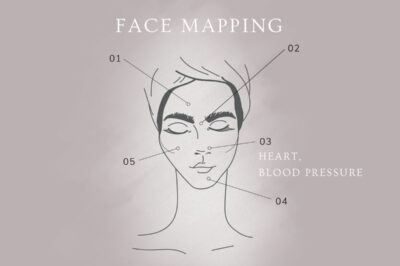

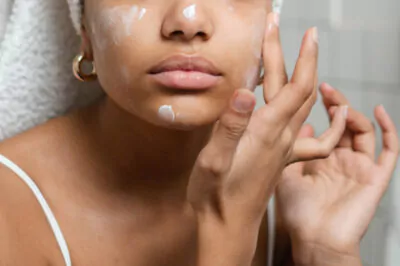

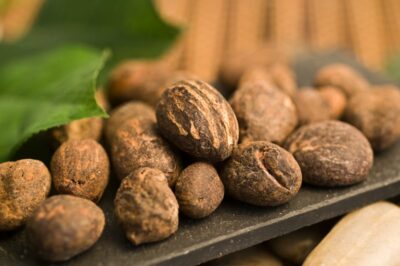
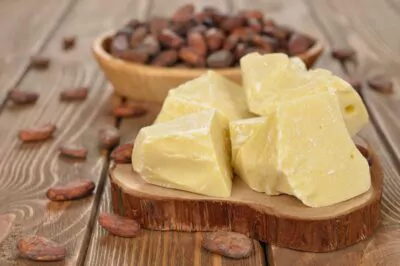
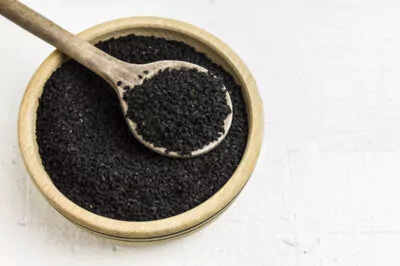
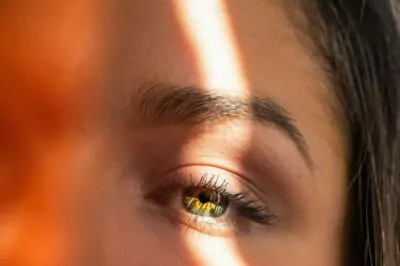
Leave a Reply